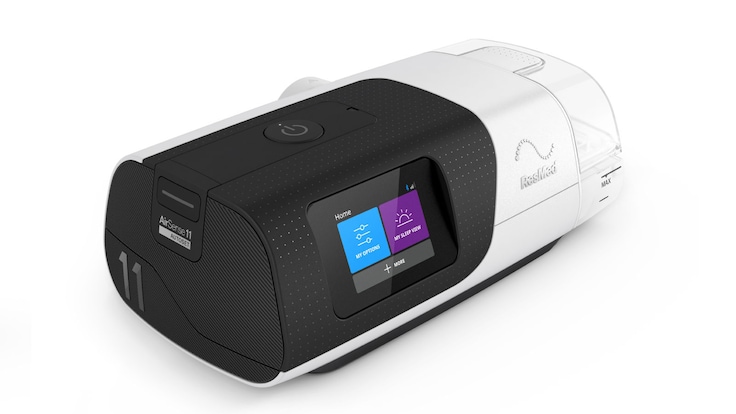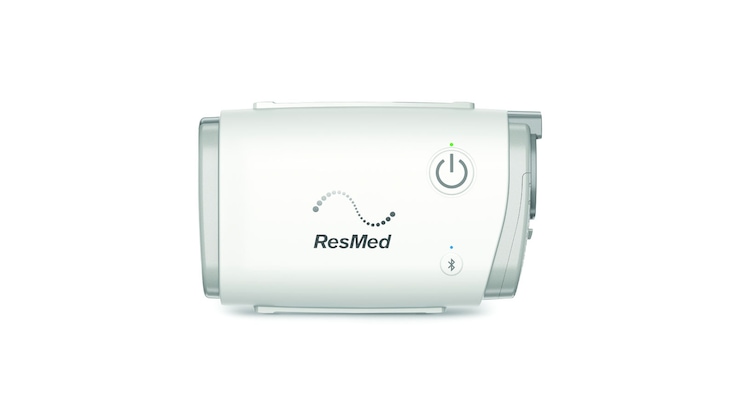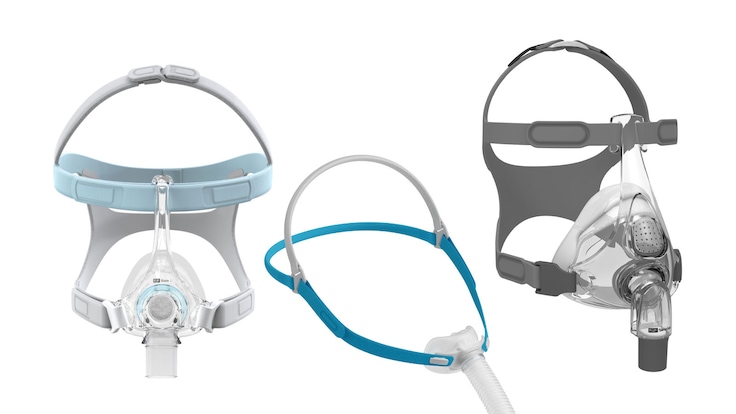
CPAP, or Continuous Positive Airway Pressure, delivers a single pressure to your airway via a mask worn on your face. This pressure is maintained throughout inspiration and expiration.
When it comes to CPAP therapy equipment, one size does not fit all. Most physicians will provide a prescription with a pressure setting while others may specify the CPAP device type and pressure setting. There are three main types of devices – CPAP, Auto-titrating PAP and Bi-level PAP. Deciding which device to choose will depend on the prescription. Mask selection can be influenced by the pressure setting, whether you are a back sleeper or side sleeper, the presence or absence of facial hair, nose shape and whether you are a nose breather or mouth breather. Your Medigas healthcare professional will be there to assist you choose the CPAP equipment that is best suited for you.

CPAP, or Continuous Positive Airway Pressure, delivers a single pressure to your airway via a mask worn on your face. This pressure is maintained throughout inspiration and expiration.

Unlike CPAP which uses a single pressure to open and maintain your airway, auto-titrating PAP, or Auto-PAP, will deliver air at varying levels of pressure within a prescribed range set by your physician. Auto-PAP may be easier to tolerate than CPAP.

While similar to CPAP, Bi-Level or sometimes referred to as BiPAP, uses one pressure during inspiration and a lower pressure during expiration. BiPAP may be recommended for people who are nBi-livelot able to adjust to CPAP.

Portable PAP devices can provide CPAP or Auto-PAP and make travel easier. Their small, lightweight design is ideal for your carry on luggage. Adding a portable battery compatible with a PAP device, is ideal when a traditional power source is not available.

CPAP masks come in many different styles and sizes. Proper sizing is important because the right fit adds comfort and performance to your CPAP therapy. There are 3 categories of masks: nasal, nasal pillows and full face. A nasal mask covers the nose to deliver the pressure whereas the nasal pillows fit just inside your nostrils. A full face mask covers both the nose and mouth.